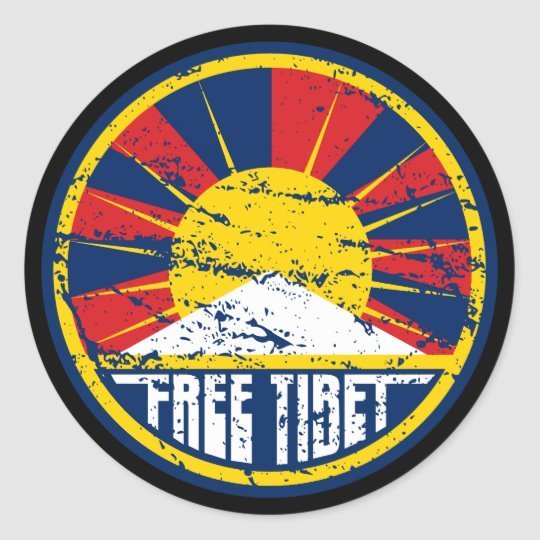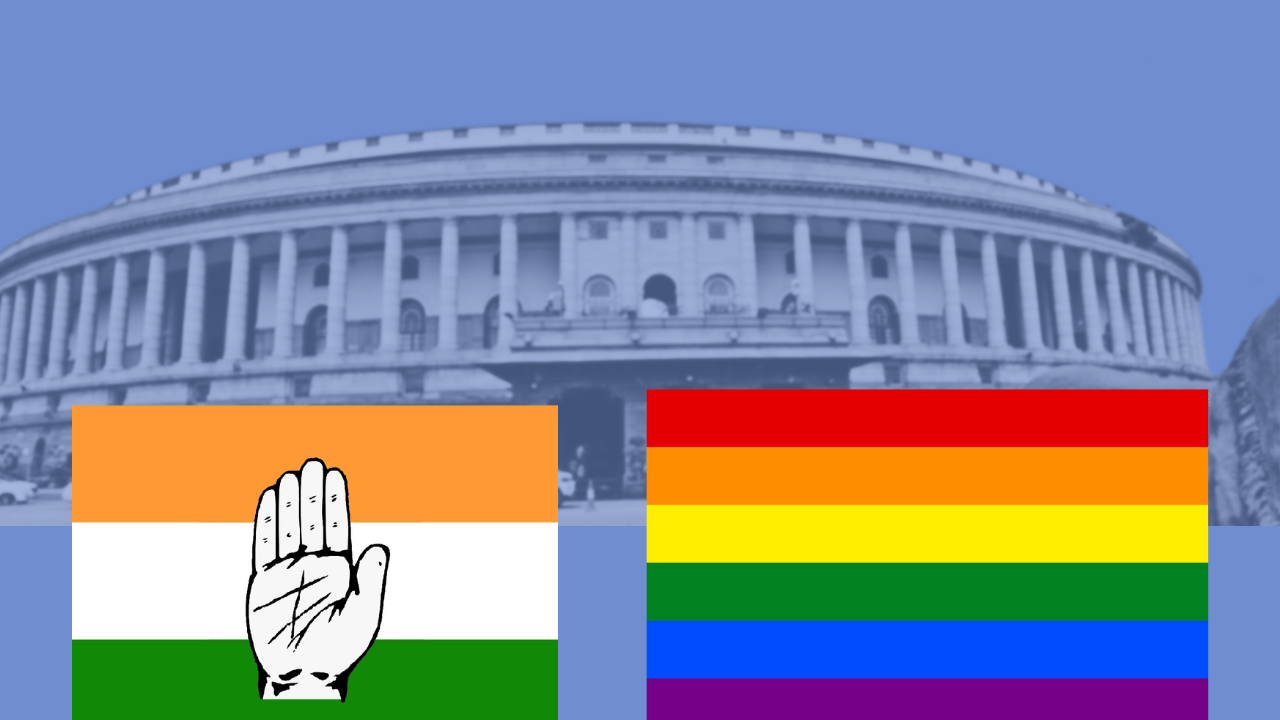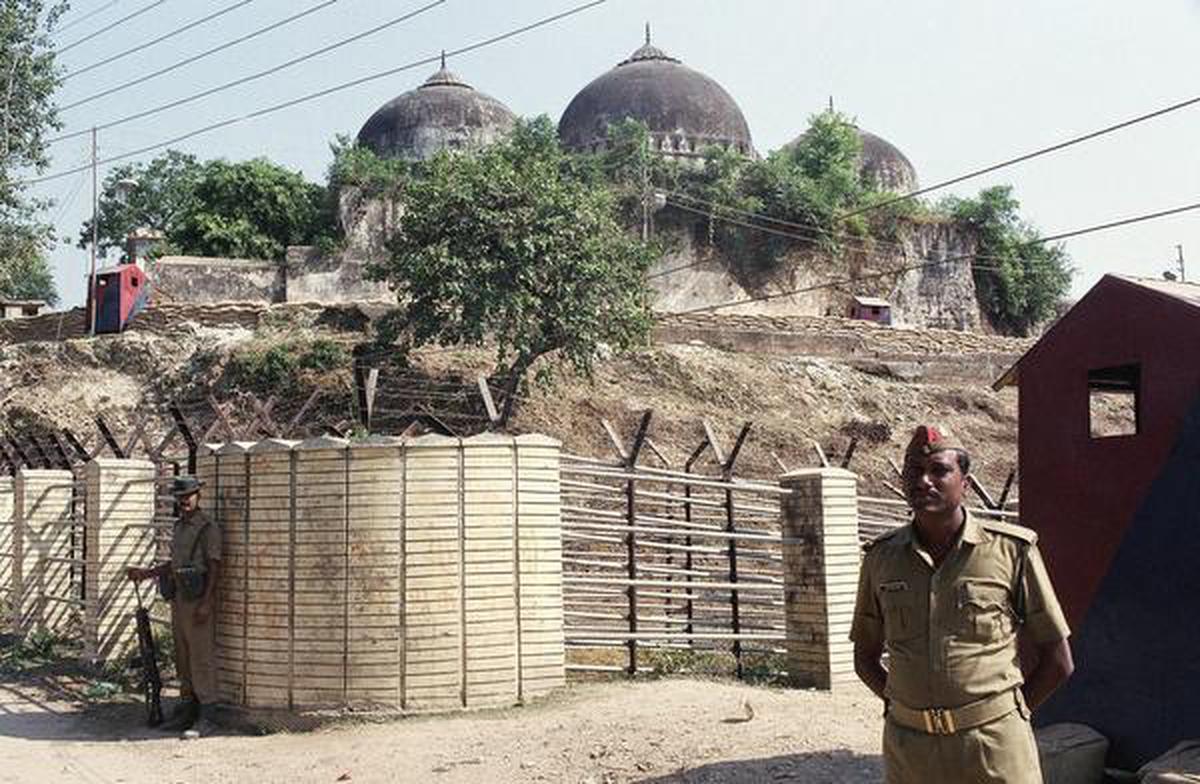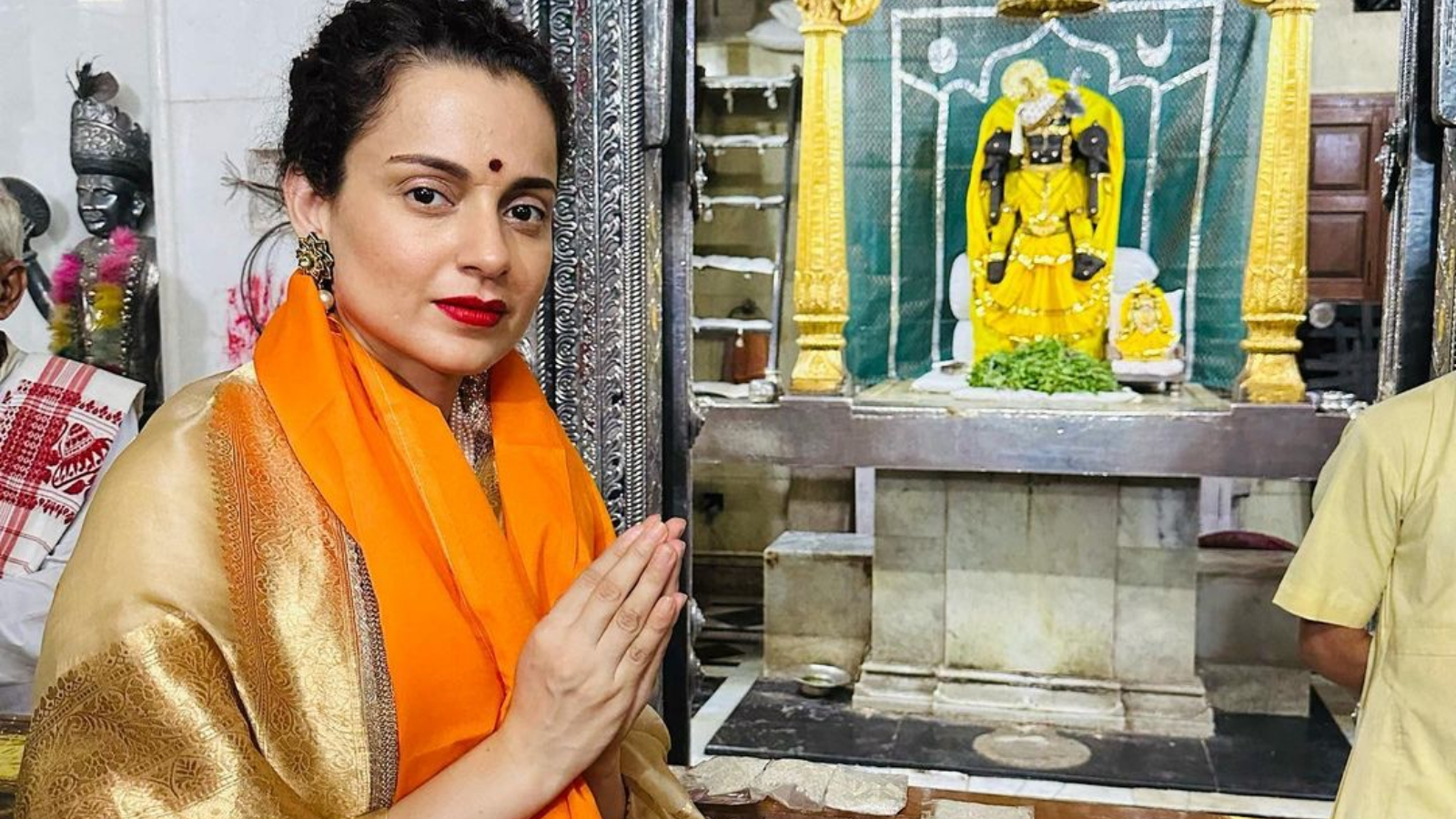Note: Before we begin our article, we would like to clarify a few things. This article in no way tries to generalise the experiences of other individuals who are part of the Tibetan diaspora. This article is solely based on our experiences as cis-gendered women, who identify themselves as half-Tibetan and Tibetan Muslim, who have been raised in India. This article in no way wants to undermine other socio-economic, cultural and political difficulties that the Tibetan diaspora community currently faces in India.
Bhod gyalo! (Free tibet), is one of the first slogans that I have been familiar with since childhood. Having revered and longed for the long lost homeland that I used to hear from my grandfather who came to India after the Chinese occupation of Tibet, dodging bullets and crossing snowy lands. The Tibetan flag brought nostalgic emotions of something so far and intangible yet so near. The Andersonian idea of a nation (imagined communities) nevertheless may be true to thousands of Tibetans who were born and/or raised outside Tibet.

According to data, the Tibetan community outside of Tibet is a only 2 percent out of the total 7 million Tibetans. The Communist Chinese invasion in 1950 led to years of turbulence in the region which eventually led to the overthrow of the Tibetan government while it forced a self-imposed exile of H.H, the 14th Dalai Lama. Tibetans since then have immigrated and left their homeland taking refuge in unknown countries that spoke foreign tongue for a better future. The trauma that the Tibetan community underwent is immense and is not spoken much about.
THE AMBIGUOUS NATURE OF OUR RESPECTIVE IDENTITIES ONLY CEMENTED WHEN WE SAW HOW THE TIBETAN DIASPORA COMMUNITY AND THE ‘FREE TIBET MOVEMENT’ AT LARGE WAS NOT INCLUSIVE OF THE MIXED-HERITAGE CHILDREN.
To take refuge in a country with a language and culture so different, having to leave their home and their families behind, the agony is unbearable. Yet, the courage to not falter from reclaiming their homeland despite several challenges is in-commensurable. Popularly know as the ‘Free Tibet Movement’, it demands for the complete separation of Tibet from China along with political independence and sovereignty.

Mixed Heritage
As individuals born to parents from different ethnicities and cultures, we have had to navigate our way through an “identity crisis”. What we identify with becomes a political and a personal choice that we make everyday, when our identities are questioned. However, for someone who identifies as a Half-Tibetan, and speaks a colloquial Tibetan language which is distinct due to the region we were raised in, it is difficult to intermingle with the Tibetan diaspora whose parents have both been Tibetan, like the majority, following Tibetan Buddhism.
The ambiguous nature of our respective identities only cemented when we saw how the Tibetan diaspora community and the ‘Free Tibet Movement’ at large was not inclusive of the mixed-heritage children, especially when they fail to communicate in the same tongue. We, are not seen as Tibetan enough. But how does one proof their Tibetan-ness? We have been constantly defining and the recalling our roots to individuals who question our identities as Tibetan. It becomes especially problematic, when the other does not have a Tibetan sounding name, unlike the majority.
Also read: Darjeeling: Women’s Exploited Labour Behind Our Cups Of Tea
The perfect word which describes one with a mixed heritage is ramaluk, a Tibetan word, which means to be neither “a goat nor a sheep”, translating it into our identities of neither being a ‘full Tibetan’ nor ‘the other’. We are hence, caught somewhere in-between while we navigate our way through the tricky terrain of identities, at the same time trying to assert ourselves within the larger Tibetan movement.

Tibetan Muslims
The existence of Tibetan Muslims is unheard of. They are different from Chinese Muslims. Their population outside of Tibet, mainly in India are in Kashmir, Darjeeling, Kalimpong and Gangtok which is roughly about 2000. The ‘Free Tibet Movement’ has garnered support across the globe but the movement has not been inclusive of Tibetan Muslims. As a part of this community, I grew up thinking that the movement was for and by the Tibetan-Buddhists. Our presence was called for only when His Holiness the Dalai Lama paid visit to Kashmir/Darjeeling on the occasion of his birthday.
The existence of Tibetan Muslims is unheard of. Their population outside of Tibet, mainly in India are in Kashmir, Darjeeling, Kalimpong and Gangtok which is roughly about 2000. The ‘Free Tibet Movement’ has garnered support across the globe but the movement has not been inclusive of Tibetan Muslims.
Taking you back to Tibet, this community, though a minority, immensely contributed to the rich culture, music, trade and commerce (which was their primary occupation) and language. Even today we have absorbed and immersed ourselves in social and cultural traditions of Tibet while independently following our faith, Islam. Besides the mere appreciation for the fluency of Tibetan language spoken and the cuisine, nothing more is noted of.
The metamorphosis of a political movement to a religious movement is perturbing. Like the Tibetan Buddhist counterpart we have suffered loss, extortion, human rights violation, cruelty, emotional and psychological damage at the hands of Chinese forces. Today, as a third generation Tibetan Muslim, I feel our loss and sacrifice is not acknowledged by excluding us from opinion building, core decision making process and protests. It rather appears that our religious identity has taken precedence over everything else and our potential to contribute to the movement covertly undermined.
Also read: Gorkhaland Movement: Have The Gorkhas Been Inclusive Of Their Minorities?
This movement is about reclaiming our land and identity and identity is central to our being as much to the Tibetans. It is an irrefutable fact that we are comprised of different identities. By robbing us of access to dissent and expression of our idea of identity to our origin, it is equivalent to robbing us of our ethnic and cultural identity. To me it is no less than sailing on a rudderless boat in the middle of an ocean.
Mark Twain has rightly said, “Whenever you find yourself on the side of the majority it is time to reform (pause or reflect).” A reform for a reform is the call of the hour. Reiterating His Holiness the 14th Dalai Lama’s words, “Although our faith is different, we are one Tibetan people.”
Bhod Gyalo!
This article has been co-written with Tasnim. Tasnim has been working as a psychologist and is based in Bangalore currently. She finds joy in exploring the ever intriguing human mind and behaviour.
Featured Image Source: Contact Magazine




